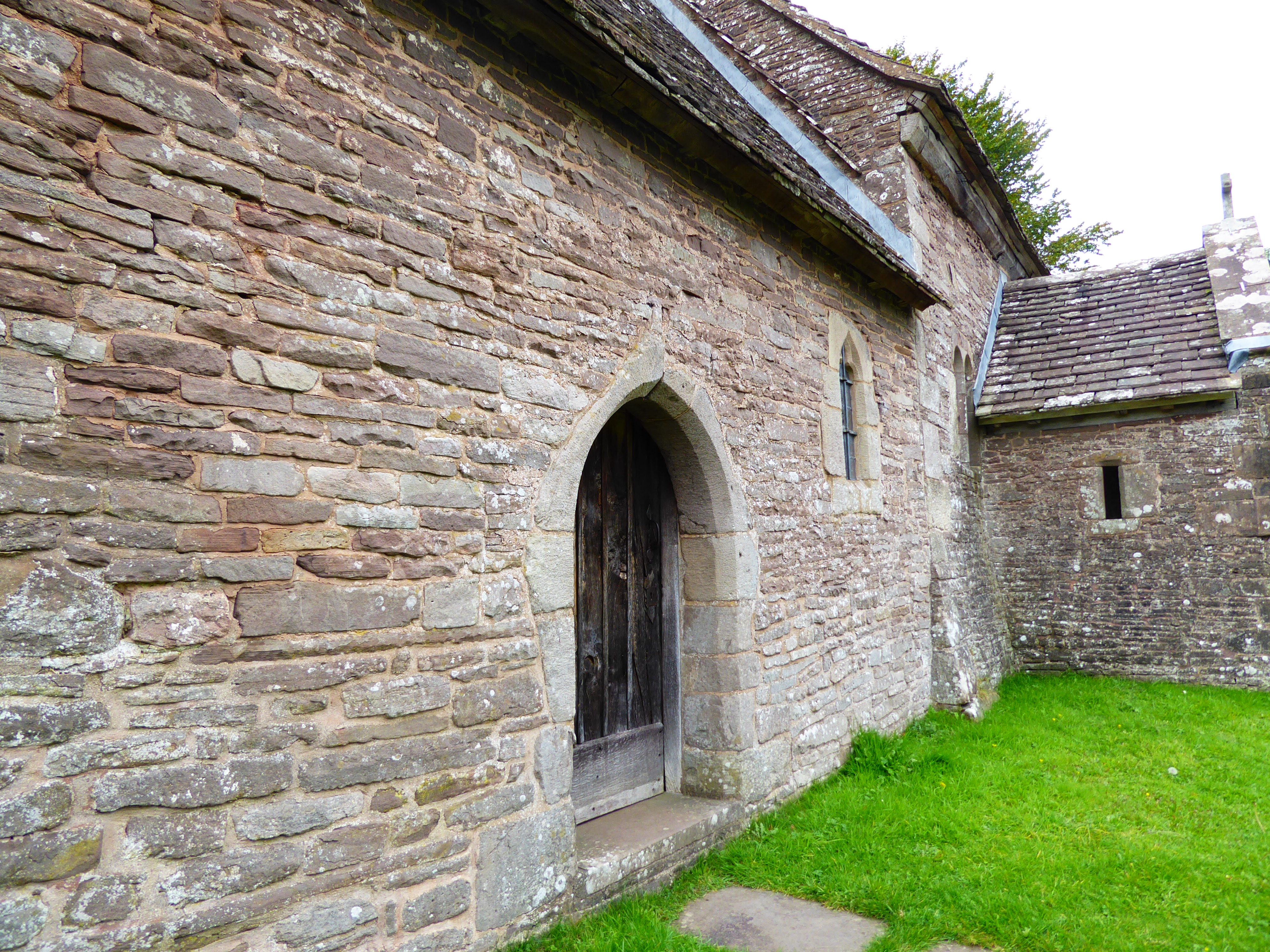
St Issui Patricio, Wales
St Issui Church, Patricio, Powys, NP7 7LP, Wales


This church is so unexpected it can feel a bit surreal. Set on a steep hillside with views across the Black Mountains and sheep bleating in the meadows, it’s the picture of a rural idyll. However, the true beauty and what draws so many people to this isolated spot is the overriding presence of God and His peace.

You can walk here along the Beacon’s Way or like us approach Patricio by car down tiny rural lanes. As we were turning a bend I looked down and there was a holy well set into the bank beside a stream. We stopped and visited the well. It turned out to be St Issui’s holy well, adjacent to St Mary’s stream and seemed well visited.

St Issui was a sixth century Celtic Christian who lived in his prayer cell by the well, welcoming travellers and extending hospitality. Sadly, it was one of these guests who robbed and murdered him, after having asked for shelter. His body is buried in the sanctuary chapel of the church just a few paces up the steep hillside.



However, his well became a place of pilgrimage and in the 11th century a leper bathed in the waters and was totally healed of leprosy. In gratitude he left a bag of gold at the well which was used to build a shrine chapel in memory of St Issui and this is now part of the 14th century church. Another miracle was documented much more recently in 2009, when a visitor, Kathy Priddis came having had major surgery on her foot. She knew St Issui’s and had visited with her husband previously. At the well she bathed her foot in the waters feeling a great sense of peace and then walked back up the steps to the road, only then realising she was no longer in pain. On returning to her doctor he could find nothing wrong with her foot! It had been ‘miraculously cured’. Whilst visiting this site I have no problem believing either of these miracles. It instantly feels like a ‘thin place’ where heaven touches earth. We settled in the church to pray and were somewhat surprised that several others popped into this remote church whilst we were there, also stopping off to pray. We rarely find these places visited so it was a joy this one is.

It was one of those ancient places where it is very easy to worship in song. We spent some time singing and then waiting in the quiet. After a short while I saw a vision of a large orange living flame, flickering in the doorway of the wooden screen. It was about ten feet high and felt alive. I could see that it was being fed by a large well of oil beneath it. Beside the well of oil I saw a Christian kneeling in prayer. My sense was this was St Issui himself in intercession and his prayers had opened up the well of oil and the living flame of God’s presence. A large angel dressed in a blue robe and with blue wings was standing behind the man, protecting and guarding him as he prayed. This angel continues to guard the well and flame which is alive and open. As I watch and pray I see the flame shoot up and touch heaven and the oil in the well begins to boil. I’m reminded of the scripture, ‘The light shines in the darkness and the darkness has never put it out’ John 1:5. The whole vision made me realise that this thin place really is a portal to heaven, a place where heaven touches earth.
We had the privilege of meeting a young lady on pilgrimage, a seeker and as we gave her a lift to her lodgings, she shared how she’d also seen a vision of a flame whilst at this site.
Above all, we came away knowing that God continues to meet people whose hearts are open and seeking His truth. The visitor’s book was full of comments by people finding solace and peace, experiencing God as they prayed here.

I was particularly interested to read that the road leading to Patricio, which is now a dead end, once continued right over the mountains as a route. I think it can still be walked but only as a footpath. It leads to Talgarth where King Brychan held his court and lived. Apparently he protected the valley where St Issui is located and ensured the many hermits living in prayer cells were under his protection. It’s highly likely Issui and Brychan were contemporaries. In the surrounding area it’s clear there were other holy sites. So many of the villages and hamlets begin with ‘Llan’, indicating the site of a prayer oratory. The valley containing the ruined Llantony Prior is adjoining and the head of this valley is called Wild Gospel pass. One theory for the name is linked to the number of Celtic saints passing through this way in the 6th century. It’s thought St David, patron saint of Wales was one of these, even having a prayer cell at Llantony for a time. I love how the dots begin to join together as we delve into these historic Christian sites and learn more about the lives of these early Christians.

It’s definitely a place I will endeavour to return to when next in Wales and hopefully explore other places beginning with ‘Llan’ that are nearby. I encourage anyone in the area to pop in and receive from God. Who knows how He will meet with you at St Issui’s well and church!

